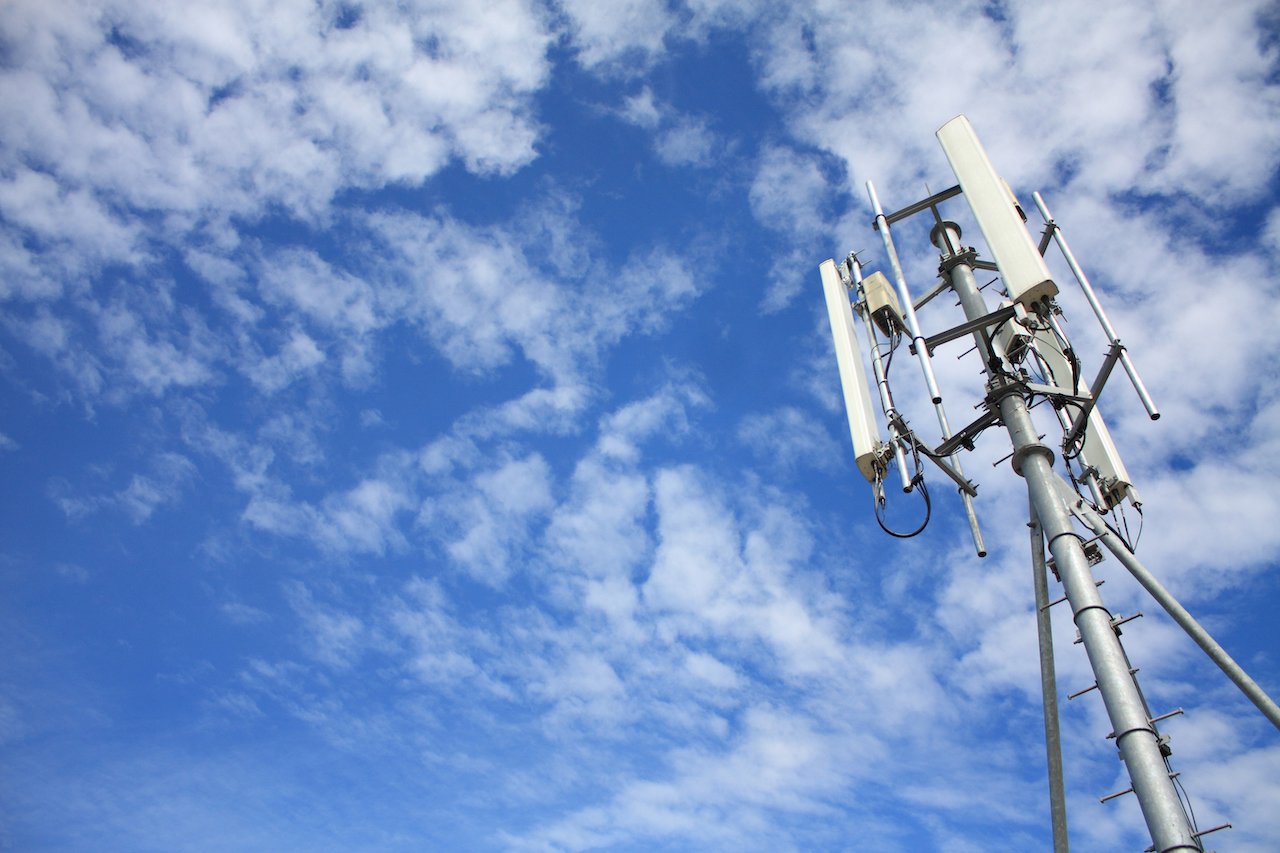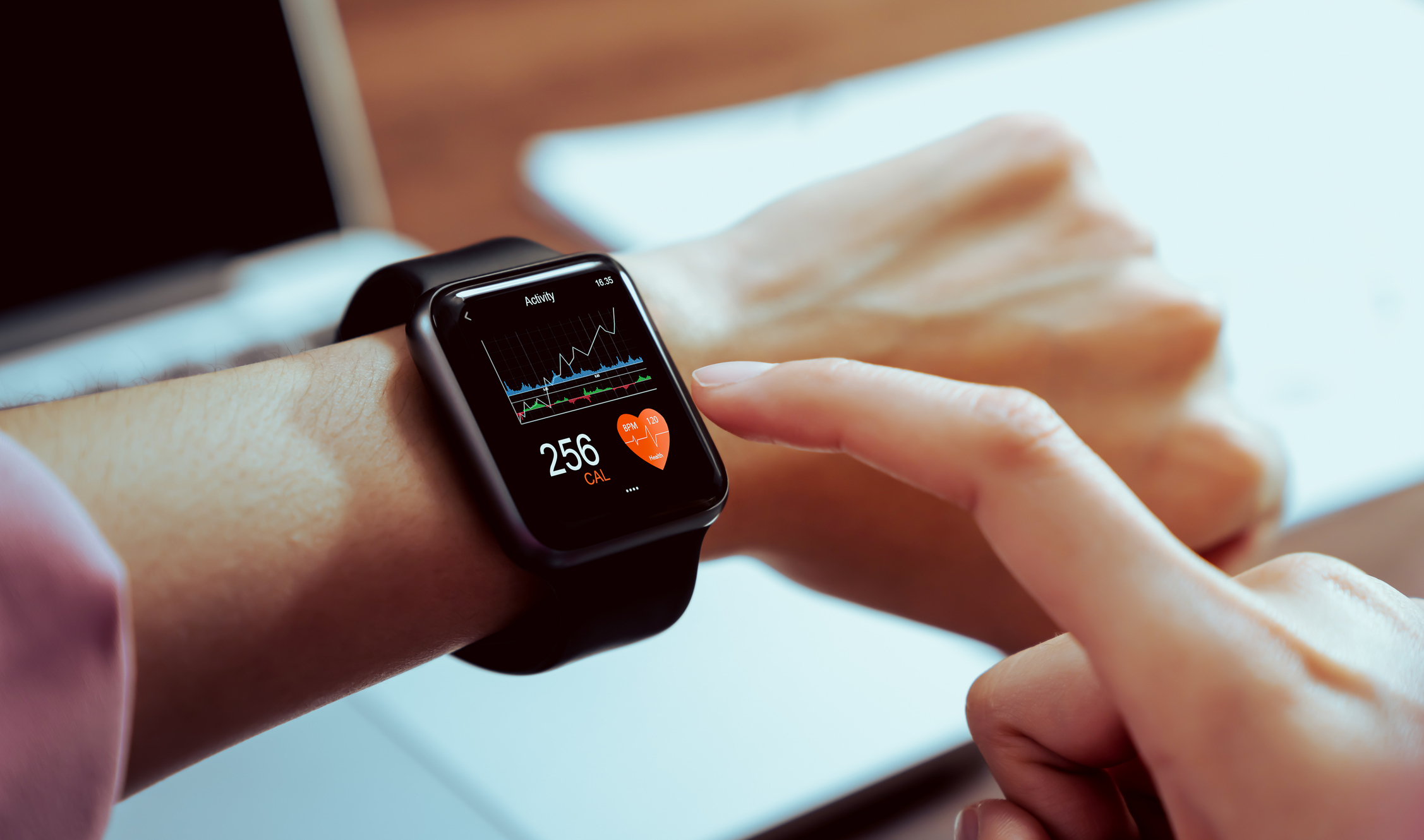
- June 2025 (3)
- May 2025 (3)
- April 2025 (3)
- March 2025 (2)
- February 2025 (1)
- December 2024 (2)
- November 2024 (2)
- August 2024 (2)
- June 2024 (3)
- May 2024 (3)
- April 2024 (1)
- March 2024 (3)
- February 2024 (2)
- January 2024 (2)
- December 2023 (1)
- November 2023 (2)
- October 2023 (2)
- September 2023 (1)
- August 2023 (1)
- July 2023 (2)
- June 2023 (3)
- May 2023 (2)
- April 2023 (1)
- March 2023 (4)
- January 2023 (2)
- November 2022 (2)
- September 2022 (1)
- August 2022 (2)
- July 2022 (2)
- June 2022 (2)
- May 2022 (1)
- April 2022 (3)
- March 2022 (1)
- February 2022 (3)
- January 2022 (2)
- December 2021 (1)
- November 2021 (1)
- October 2021 (2)
- September 2021 (3)
- August 2021 (1)
- July 2021 (4)
- June 2021 (1)
- May 2021 (2)
- April 2021 (2)
- March 2021 (2)
- February 2021 (3)
- January 2021 (3)
- December 2020 (1)
- October 2020 (1)
- August 2020 (1)
- August 2019 (1)
- January 2019 (2)
- September 2018 (5)
- June 2018 (1)
- November 2017 (1)
- September 2017 (1)
- July 2017 (1)
- May 2017 (1)
- January 2017 (1)
- October 2016 (2)
- August 2016 (1)
- July 2016 (1)
- June 2016 (1)
Subscribe by email
Having spent over a decade in the constantly evolving Internet of Things (IoT) industry, we at Zipit have seen and continue to see significant changes. And our relationships with the top cellular carrier networks and our intimate understanding of OEM priorities and brand goals put us on the front line of promoting change in the industry. We keep a close eye on trends in the market to ensure we continue offering our clients the best forward-looking services and consulting. Here are the top trends that we see for 2023 and beyond that you’ll want to stay on top of for your IoT business.
7 Top IoT Trends for 2024
To keep pace with industry changes and stay competitive, it’s critical to be aware of major trends. A lot of planning goes into maintaining an IoT ecosystem to facilitate both current and future growth. Here are the top-line trends to keep an eye on as we head into 2024 and beyond.
1. A wider range of connectivity options
The last few years have offered a wider range of connectivity choices for IoT, both by expanding existing technologies like LPWAN and through newer technologies like 5G. With the continued proliferation of 5G’s ultra-low latency and higher data transfer rates, we’ll continue to see exciting new solutions evolve and improve. Before long, things that could only be imagined will become reality. These technologies will advance businesses, science, and even the overall quality of life worldwide.
2. Increasing challenges related to cybersecurity
Cybersecurity continues to be top of mind, particularly since the rise in remote work. Seeking new and improved ways of protecting IoT products and systems is and will continue to be a top business priority for years to come.
3. Edge computing
One particular technology that continues to advance in the Internet of Things is edge computing. In this model, the IoT data captured by sensors is analyzed and stored at or near the physical site where it’s collected. It’s not a replacement for cloud computing, and we don’t expect cloud computing to go away. But edge computing provides the opportunity for more real-time data processing, and it allows businesses and governments to serve customers in new areas while providing greater control and flexibility. Some exciting edge computing use cases include autonomous vehicles, smart cities, healthcare and medicine, industrial IoT, and more.
4. Advances in big data and machine learning
The data from IoT systems may be an output, but it’s also a critical component of the Internet of Things, providing the analytics needed to support near-real-time decision-making. Learning how to harness this data to further automate decision-making is proving to be an exciting challenge to solve and a key aspect of continuing to enhance the value of IoT. Big data and machine learning will continue enabling IoT to support better and more informed recommendations as we learn to leverage it well.
5. As-a-service delivery model improvements
Through IoT, using cloud-based services without a large financial outlay will continue to improve the service delivery model. IoT provides a “consume what you need” delivery method through the use of artificial intelligence, machine learning, cloud services, and other advances. This will not only improve the services provided by IoT companies, but can also help expand the market for more connected solutions.
6. Artificial intelligence (AI)
According to Bloomberg, the $422+ billion global artificial intelligence market is likely to grow at over 39% from now through 2028. This tremendous growth provides incredible opportunities for businesses and governments alike to foster innovation and respond to customer and constituent needs. Artificial intelligence has been advancing IoT by leaps and bounds and shows no sign of slowing down. Use cases range from healthcare advances to industrial and manufacturing applications and much more.
7. Internationalization
The final trend we see for 2024 is that device-making customers are expanding their offerings into different countries. Some US-based OEMs are growing by deploying solutions into Canada and various countries in Europe, for example. Likewise, Canadian companies are expanding into the US and various parts of Asia. And this trend continues in other countries as well. Now that more companies have already deployed their solutions in their home countries, they seek to offer their solutions in different markets and regions. At Zipit, we’re seeing the effects of this firsthand, as more domestic and international companies are talking with us about supporting their expansion goals. It’s an exciting growth trend that we expect to continue in and beyond 2024.
Learn more: Global IoT Connectivity: Understanding the Fundamentals
IoT Won’t Stop Growing Any Time Soon
The constant growth of the Internet of Things is exhilarating to watch, particularly when we step back to view the major growth trends in this diverse market. There are so many different opportunities for IoT companies, and even as many people worry about the macroeconomic environment going into next year, we see that many of these IoT trends have continued significance because they allow businesses to be even more nimble and make better business decisions, faster.
Reach out to us to learn more about Zipit’s IoT platform and how we may be able to help you position your OEM business for the future. Or join us for one of the best IoT conferences this year.
You might also like:
Related Content
The latest IoT insights and platform updates from Zipit.
OSS (Operational Support Systems) and BSS (Business Support Systems) in telecom em...
In a world increasingly populated by smart devices and real-time data, reliable, s...
Device provisioning is often compared to setting up a mobile phone, but getting an...



